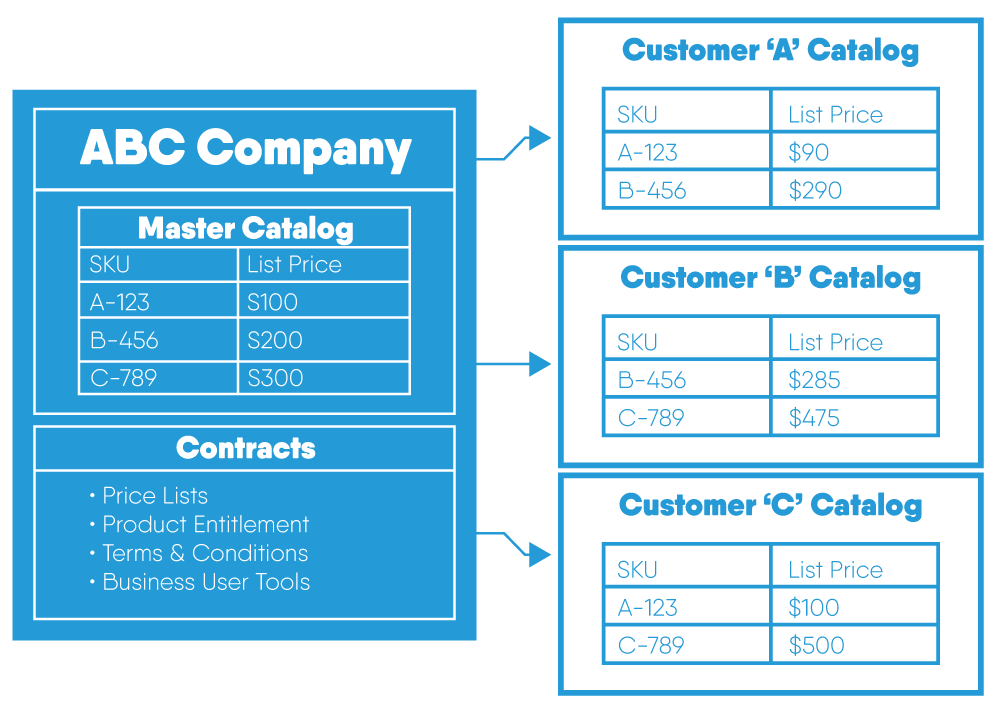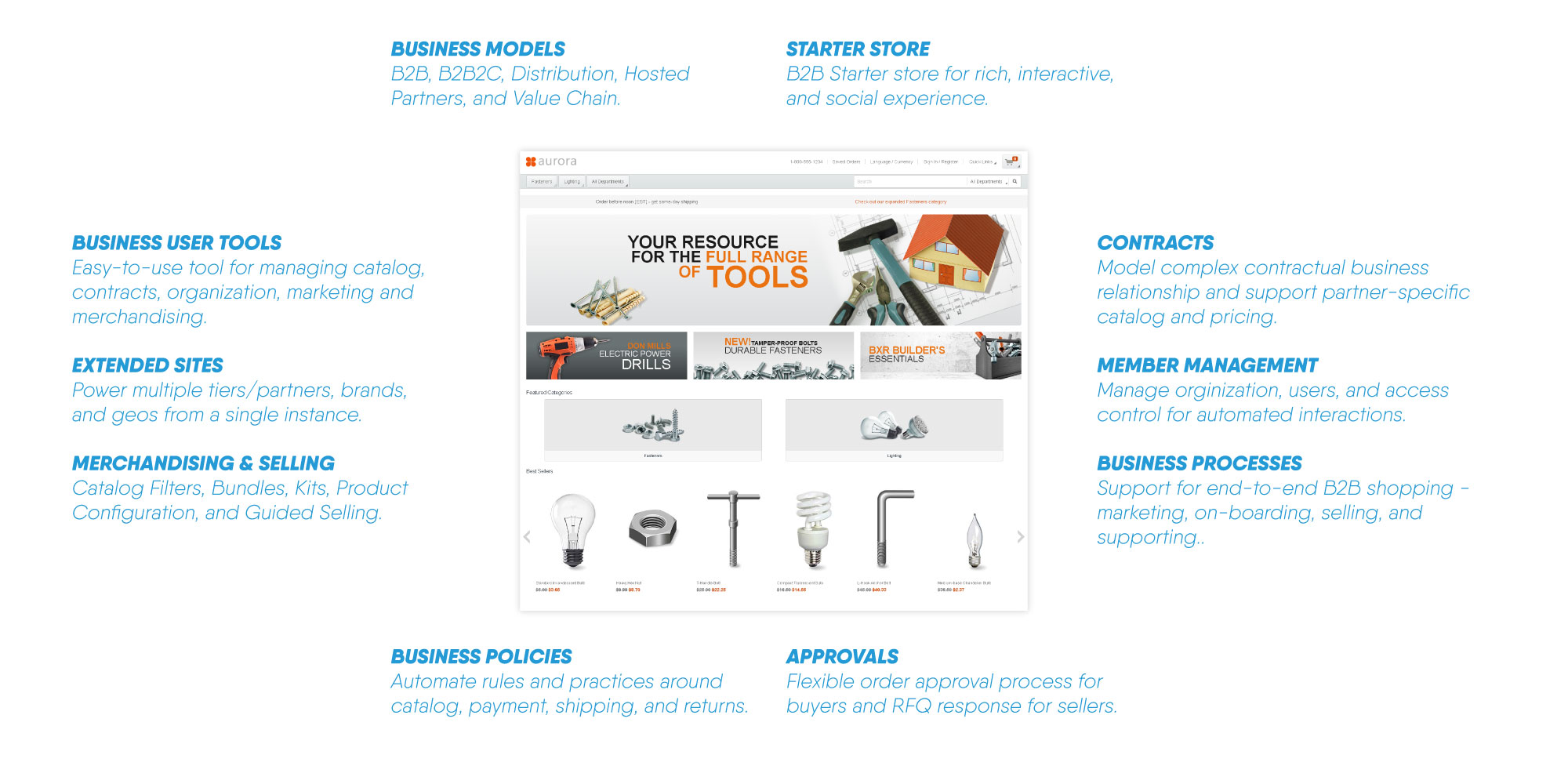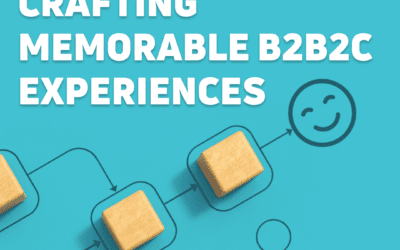B2B eCommerce websites are often thought of as dull and boring with outdated UX and uninteresting business challenges when compared to modern B2C sites.
However, in recent years this has changed and B2B customers now expect a similar if not better experience than what they get from B2C sites. B2B marketers and merchandisers are equally challenged with how to create these meaningful experiences while simultaneously growing the business in a more cost-efficient manner. In addition, given the pace of change, B2B teams can no longer wait on development or IT teams for assistance.
IBM WebSphere Commerce provides businesses with robust pre-built B2B functionality and marketing and merchandising tools to help address these evolving customer and market challenges.
Let’s explore a few of the ways the platform can handle customer-specific product catalogs, and pricing.
Customer contracts
Providing your customer with their approved product catalog is perhaps the most common and classic functionality requests required of B2B websites. Enterprise-class solutions such as WebSphere Commerce leverage merchandising and marketing tools to streamline the presentation of customer-specific product assortments and pricing. Taxonomy and attribution filters quickly define product assortments subsequently assigned to a customer’s contract, controlling what they are able to view and purchase. All accomplished without IT, allowing for faster time to market and value.
Additionally, by leveraging Websphere Commerce’s highly customizable search component (based on open source Solr) a customer’s entitled product catalog can be created based only on those products priced in their contract. For customers requiring a more custom catalog structure, dedicated sales catalogs can be created to be dynamically associated with one or more customers.
Pricing
Managing pricing is typically a very time-consuming process, especially if you have multiple pricing levels and customer segments. Pricing unique to a customer can be achieved through the built-in contract pricing feature. However, if you rely on backend systems like SAP, Oracle, or JD Edwards as the system of record, it’s possible to map 1:1 to the pricing contract in Websphere Commerce. For more complex contracts, these integrations can rely on other common ground such as price groups in SAP, which are analogous to price lists in WebSphere Commerce. A single price group can be associated with one or more customers, – These price lists can also be customized to be active based on schedules, allowing for improved price management.

Extended sites
Taking it to the next level, using the Extended Sites feature of WebSphere Commerce, multiple micro sites can be created using customer-specific catalogs and styling which can be dedicated to larger customer accounts. The customer-specific site need not necessarily only display the customer specific catalog, other catalogs like the common public catalog can also be linked and displayed ensuring that the customer still has access to the wider assortment of products. Customer-specific product titles can be used which are searchable and have search relevancy.
The ability to personalize your B2B customer’s experience is no longer a nice to have, it’s a must. Just as important is being able to provide your marketing & merchandising team with the necessary tools to customize the site without intervention from IT for assistance. IBM WebSphere Commerce provides these capabilities.






